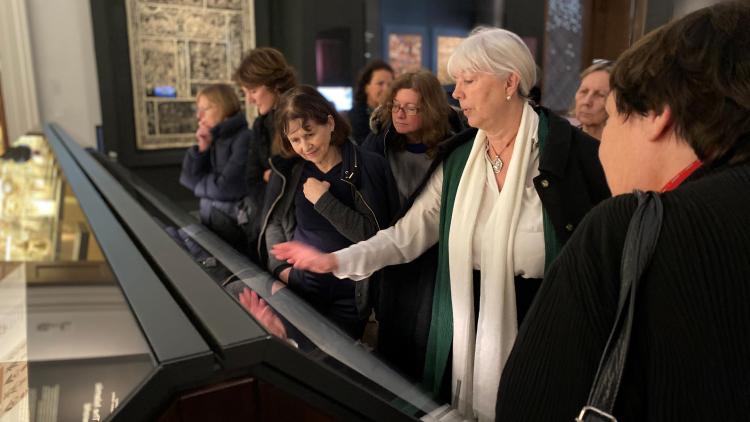Han Phonology: When Chinese Became Chinese


Background
Chinese is famous for its short simple words, its tones, and its simple grammar, but in the distant past Chinese was a very different language; Old Chinese (1300-100 BCE) lacked tones, had consonant clusters as impressive as those of German or Georgian, and it used prefixes and suffixes to form new words. By 602 CE, the date of the earliest Chinese pronunciation dictionary, Middle Chinese was already recognizably a form of the language we have known today. How did Chinese change so much?
The Han dynasty (206 BCE-220 CE) holds the key; it was the first enduring empire in Chinese history, and among the most formative periods for Chinese thought and literature. At this time, the Confucian cultural milieu accompanying classical scholarship thrived. The Confucian classics themselves were edited and (literally) set in stone, while poetry and belletristic prose flourished. The Han also saw unprecedented exposure to and influences from foreign cultures, from grapes to backgammon, with Buddhism standing out as the period's most abiding foreign influence.
Aims
This project will produce a Handbook of Han Chinese Phonology that will supersede the previous two book-length studies of Han phonology, published respectively in 1958 and 1983.
By collecting and formalising existing knowledge of sound change during the Han period in a computer-readable format, we will be able to rigorously test competing ideas and produce a reliable foundation for future progress.
We will also applying state-of-the-art network analysis to the linguistic data of both well-known and newly unearthed texts to pinpoint the time, place, and social milieu of known changes. Using this fresh collection of evidence and these new methods, we will decide among controversial proposals and make new discoveries.
We will give the most thorough and empirical treatment so far of regional and social variation in speech over the period. In particular, by comparing the pronunciations implied by the rhymes in poetry written by Confucian literati and the pronunciations implied by the transcription of Indic terms in Buddhist texts, we will reveal the language systems of these two distinct religious communities.
Personnel and board
Team
- Principal invesigater: Dr Ernest Caldwell
- Co-investigater: Dr Nathan Hill
- Research assistant: James Engels
Advisory board
- Bill Baxter (Michigan)
- Wolfgang Behr (Zürich)
- Chris Foster (SOAS)
- Matthias Richter (Colorado)
- Jonathan Silk (Leiden)
- Stefan Baums (Munich)
- Hannes Fellner (Vienna)
- Michael Radich (Heidelberg)
- Julien Baley (Microsoft)


